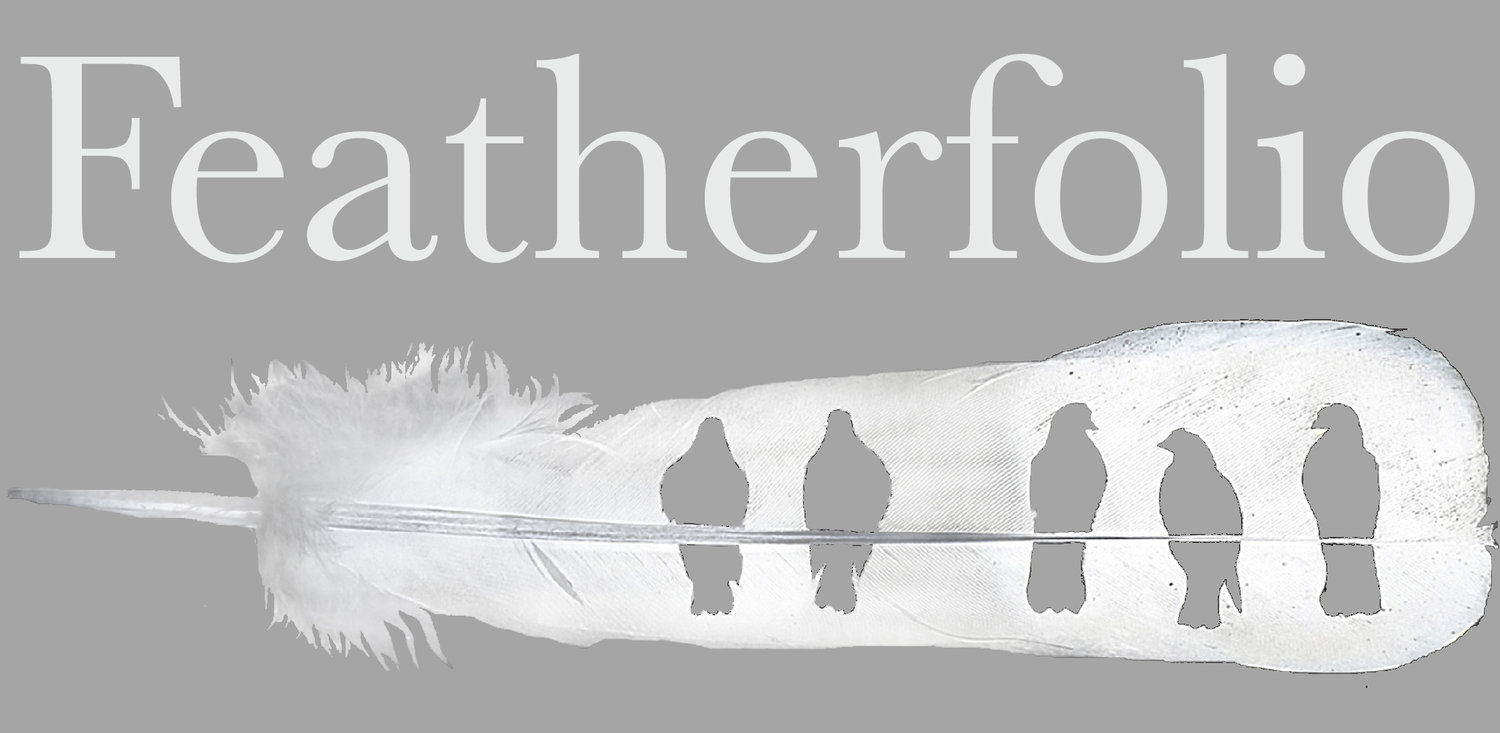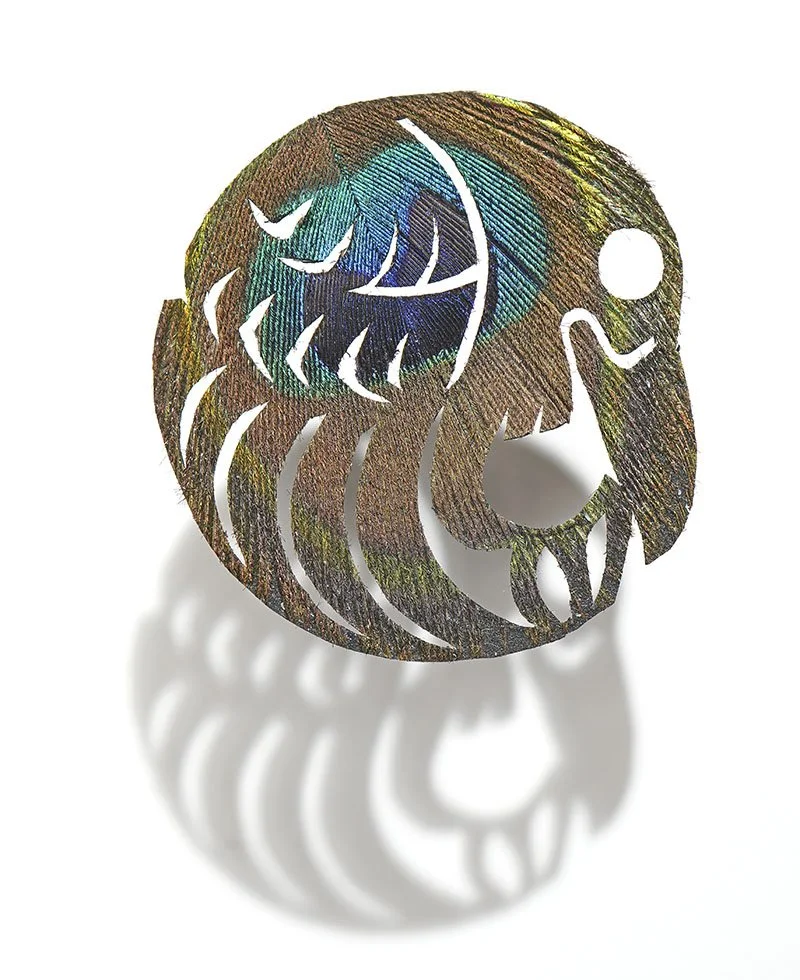Woodcock tail feather, underside.
The underside tips of Woodcock tail feathers were measured to be 30% brighter than any other know white in feathers.
Many birds signal with white patches on their wings or tails. For birds that fly in the lower light of evenings, like Woodcocks, the white probably must be even brighter. But during the day when the bird needs to be inconspicuous, the white could attract unwanted attention, so the bright white is on the underside of the tail feathers, hidden from sight.
How this brilliant white is produced may be of interest. The scientific article in this link explains this in detail. Here is a quote from the article: “This intense reflectance is the result of incoherent light scattering from a disordered nanostructure composed of keratin and air within the barb rami. In addition, the flattening, thickening, and arrangement of those barbs creates a Venetian-blind-like macrostructure that enhances the surface area for light reflection.”
https://www.biorxiv.org/content/10.1101/2022.12.09.519795v2.full


















